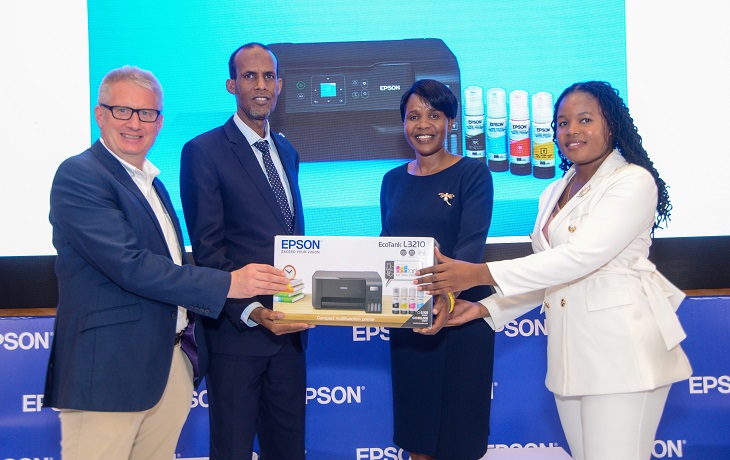In a world increasingly focused on sustainability, the search for eco-friendly solutions now touches every industry, including how we produce and use ink. Traditional inks, long relied upon for printing and writing, face growing scrutiny for their environmental toll, from the harmful chemicals they contain to the unsustainable processes behind their production.
As we all know, conventional ink technology has relied on petroleum-based products as the major component. These inks emit volatile organic compounds [VOCs], damaging the air quality and human health. Additionally, the ink of conventional ink cartridges is toxic, which becomes a dangerous contamination of soil and water during their disposal, with negative impacts on the environment and wildlife. These environmental impacts indicate that a paradigm shift for ink technology is in order.
This is where eco-friendly inks come in. Rather than utilizing petroleum-based solvents as their carriers, these inks employ soy and linseed oils or water. Synthetic pigments for better durability and synthetic binders give way to natural pigments derived from plants, minerals, or other natural sources and plant-based resins or biodegradable polymers respectively.
In addition to minimizing the environmental impact of printing by significantly replacing the printed materials, this thoughtful composition provides healthier choices for consumers and workers interacting with the printed products.
Driving Innovation in Sustainable Ink Production
Pioneering companies such as Epson are pushing the boundaries of sustainable ink technology. For example, algae-based pigments offer a viable alternative to traditional black pigments. Algae, cultivated using sunlight, water, and carbon dioxide, is transformed into high-quality ink, demonstrating the potential of renewable resources in reshaping the industry. Similarly, advancements in water-based and UV-curable inks are making it possible to eliminate VOC emissions.
Innovation plays a crucial role in advancing sustainable ink technologies. Ongoing research and development are leading to new formulations that are even more environmentally friendly and effective. Regulatory measures also support this shift, with governments and industry bodies setting standards and guidelines to promote sustainable inks.
Technologies such as de-inking and recycling are also making strides in addressing one of the printing industry’s long-standing challenges: waste management. By enabling the efficient separation of inks from printed materials, these innovations facilitate recycling and support the circular economy.
However, making ink sustainable is a multifaceted endeavour that requires the collaboration of manufacturers, consumers, and policymakers. By choosing eco-friendly inks and adopting sustainable printing practices, we can significantly reduce the environmental impact of our printing activities.
Awareness as well as Collaboration as a Driver of Demand
Implementing sustainable ink management is not just an issue of innovation but also an issue of change of perception. Consumers and businesses are the main drivers of the market demand for the green premium products. Therefore, using such sustainable inks signals to manufacturers that they can only source environmentally sustainable products. Contracts and supra-legal instruments of regulation and corporations’ strategies for climate mitigation also reinforce this tendency.
At Epson, we believe education is key to this transformation. By raising awareness about the environmental benefits of sustainable inks and showcasing their practical applications, we can inspire more businesses to make the switch. Additionally, our collaborations with industry stakeholders aim to accelerate the adoption of eco-friendly technologies across the value chain.
Challenges Still Abound
Despite these advancements in eco-friendly ink technology, challenges still abound. For one, it is quite challenging to find raw materials for green ink that will play a similar role to the inks that are chemically non-recyclable. Moreover, the transition to a production line that utilises sustainable ingredients entails a considerable amount of capital investment and technological transformations.
However, this is an area that the industry is stepping up to meet the challenges. For instance, Epson has worked hard to develop water-based inks that provide high-quality prints and do not harm the environment. With a focus on R&D, we closed the gap between sustainability and performance.
Eco-friendly ink technology represents more than an innovation; it’s a commitment to a sustainable future. As we continue to pioneer advancements in this field, our focus remains on creating products that not only meet the highest standards of quality but also align with the global imperative to protect our planet. Through partnerships, investments in research, and unwavering dedication to sustainability, Epson is proud to lead the charge in transforming the printing industry for the better.
Related Content: Epson Has So Far Sold 100 Million Ink Tank Printers
Mukesh Bector is Epson’s Regional Head for East and West Africa










